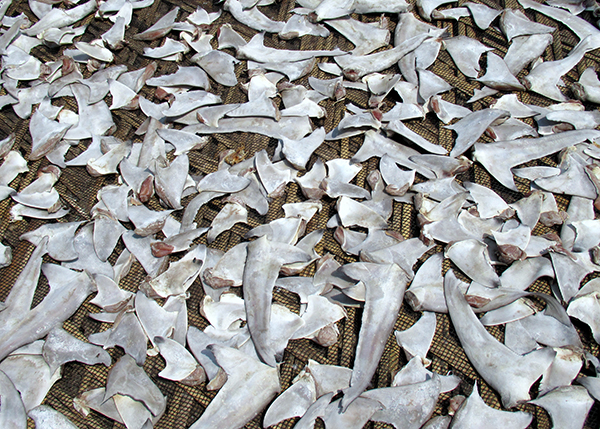
Responsibility
Bangladesh moves to protect threatened sharks and rays
With sharks and rays critically endangered, the government of Bangladesh has amended legislation to reduce the extinction risk of the species.
Responsibility
A new study indicates that the prawn and shrimp farm industry in Bangladesh offers local health, economic and environmental benefits.

Responsibility
With sharks and rays critically endangered, the government of Bangladesh has amended legislation to reduce the extinction risk of the species.

Intelligence
As more than 80 percent of Bangladeshi shrimp exports already go to EU markets, a consultation meeting involving buyers from the bloc and Bangladesh industry stakeholders and authorities was held at the end of last month in Utrecht, the Netherlands.
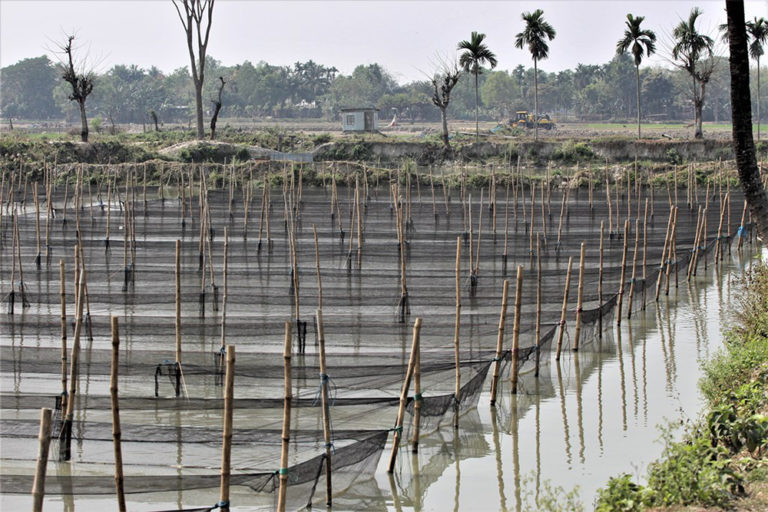
Intelligence
El cultivo de tilapia en Bangladesh se ha desarrollado considerablemente desde 1999, basada en la cepa de Tilapia Cultivada Genéticamente Mejorada (GIFT) de la tilapia del Nilo (Oreochromis niloticus) introducida de Malasia y en el importante trabajo de investigación del Instituto de Investigaciones Pesqueras de Bangladesh (BFRI).

Intelligence
Tilapia aquaculture in Bangladesh has developed significantly since 1999, based on the Genetically Improved Farmed Tilapia (GIFT) strain of Nile tilapia (Oreochromis niloticus) introduced from Malaysia and on the significant genetic improvement research work by the Bangladesh Fisheries Research Institute (BFRI).
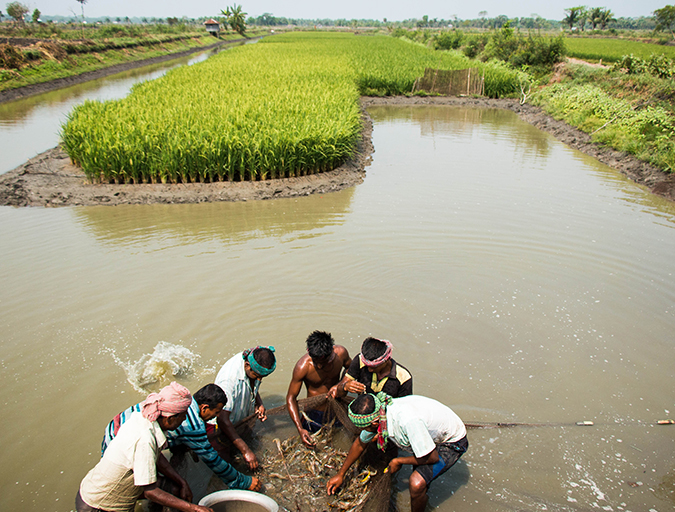
Responsibility
The Southwestern coastal zone of Bangladesh is agro-based and one of the world’s most populous, poverty-stricken and food-insecure regions. There is an opportunity to diversify and increase productivity by integrating rice with aquaculture during the monsoon season through adoption of water management practices.
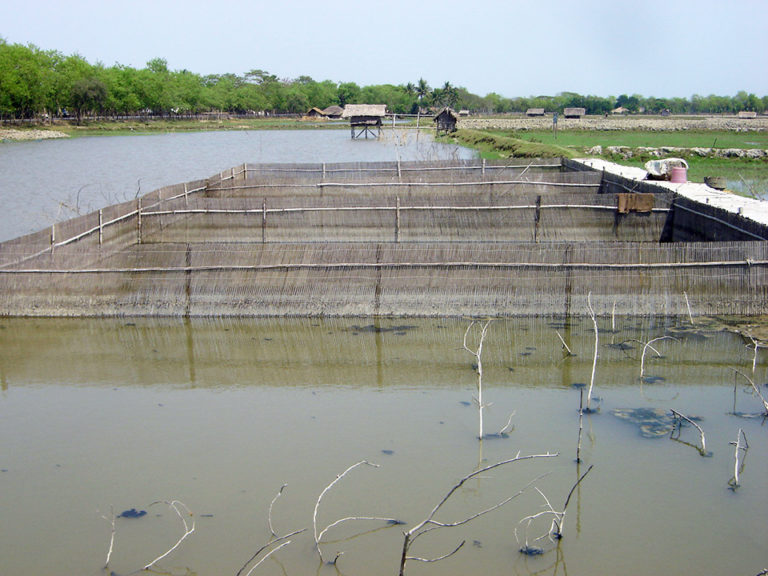
Responsibility
Shrimp culture in coastal Bangladesh is threatened by climate change variables that include flooding, cyclones, drought, salinity changes and rising sea levels. Holistic planning can help reduce the impacts.
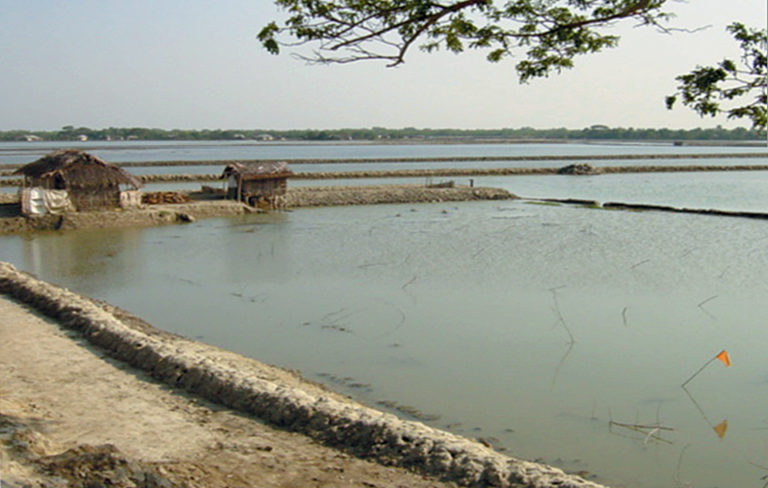
Health & Welfare
Bangladesh shrimp farmers are adopting measures to improve quality to comply with international standards. A survey found that most farmers visually evaluated shrimp by checking size, weight and signs of disease before harvesting.
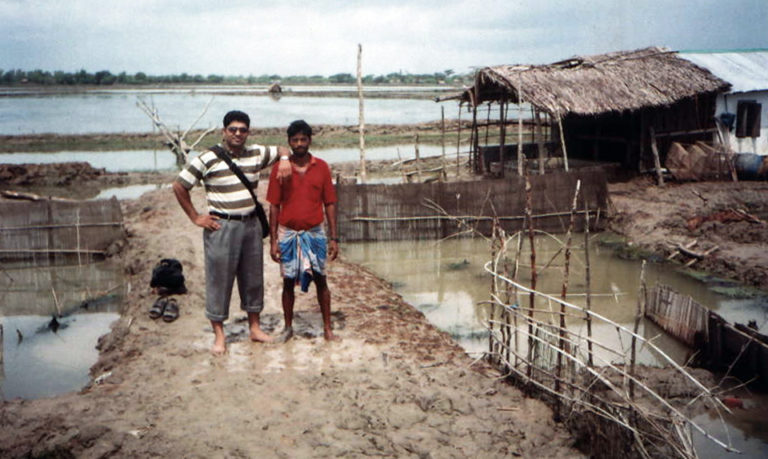
Intelligence
The social and environmental improvements – in combination with job-generating foreign investment – have led to wide acceptance of shrimp farming in Bangladesh.

Responsibility
Fish supply is a food security priority in Bangladesh. There is potential for the culture of non-native fish species to meet its growing population's needs.
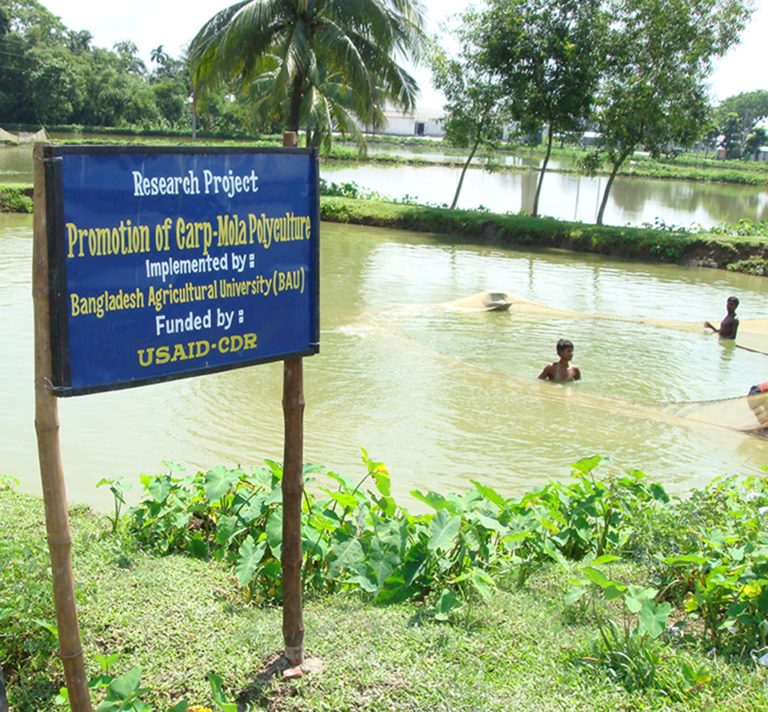
Responsibility
In a study of pond polyculture, manipulation of species composition improved fish yield and corresponding income. Selling the whole production increased income 27 percent.
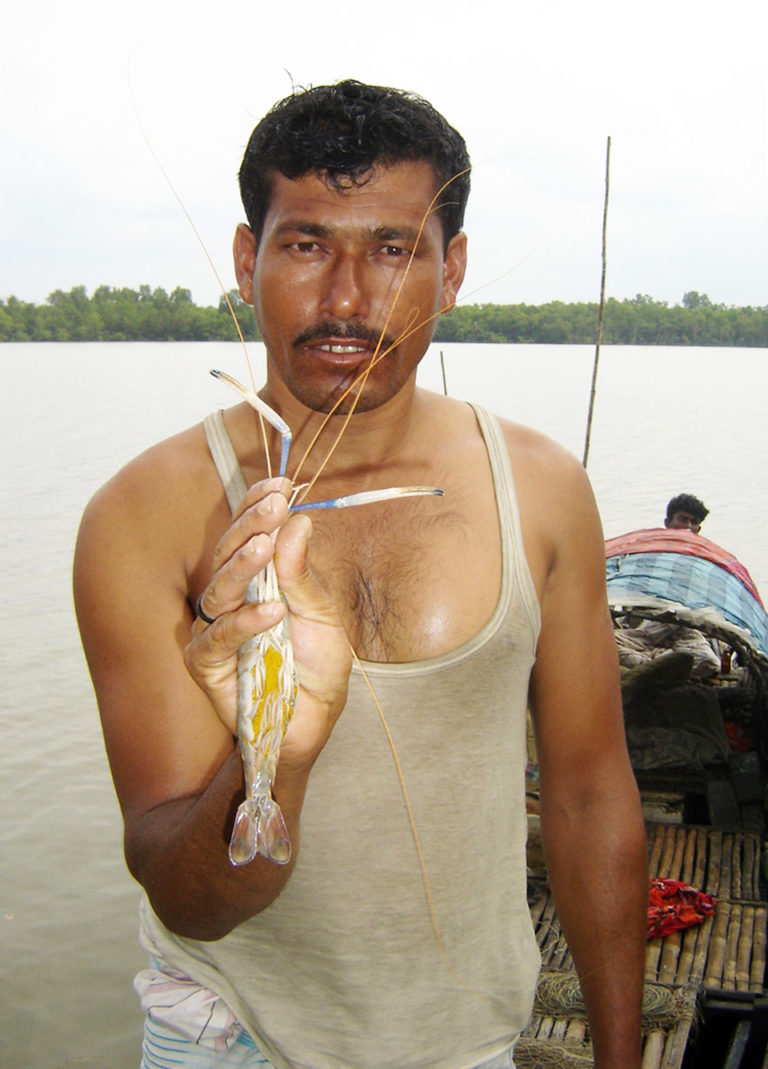
Responsibility
The inadequate supply of postlarvae is a bottleneck for prawn production in Bangladesh. A shortage of wild broodstock to supply the hatcheries is an ongoing concern.
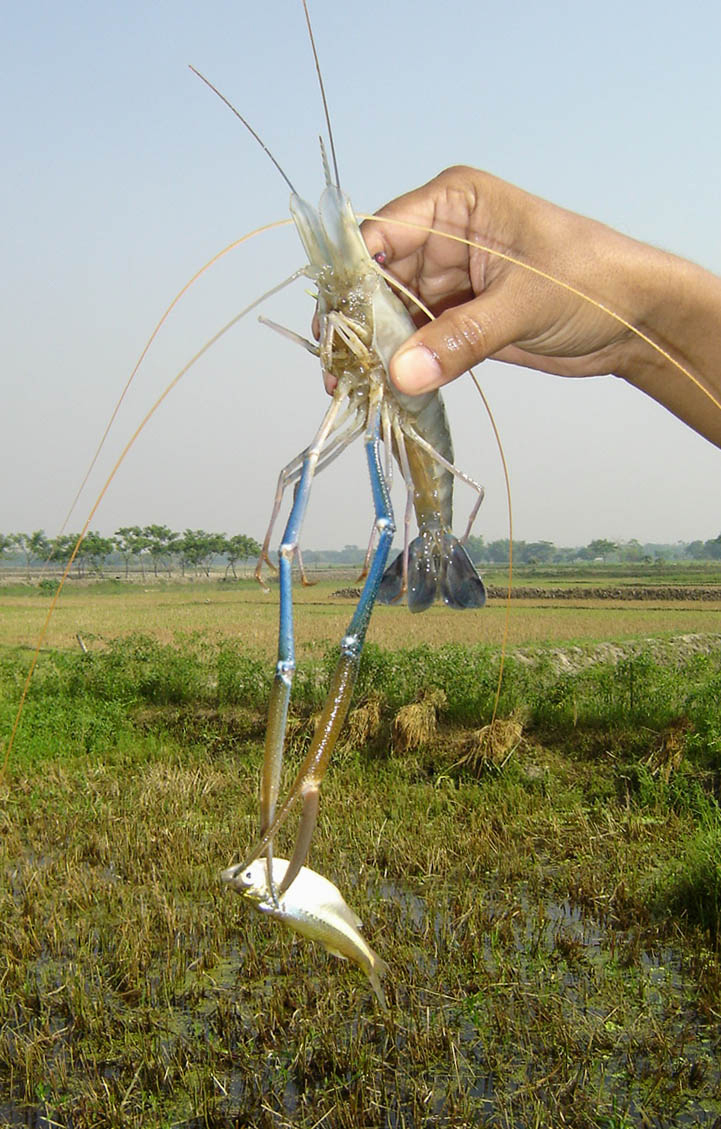
Responsibility
While Bangladesh's prawn industry is based on pond culture, a feasibility study was conducted to establish prawn cage culture to benefit resource-poor fishers and landless people.
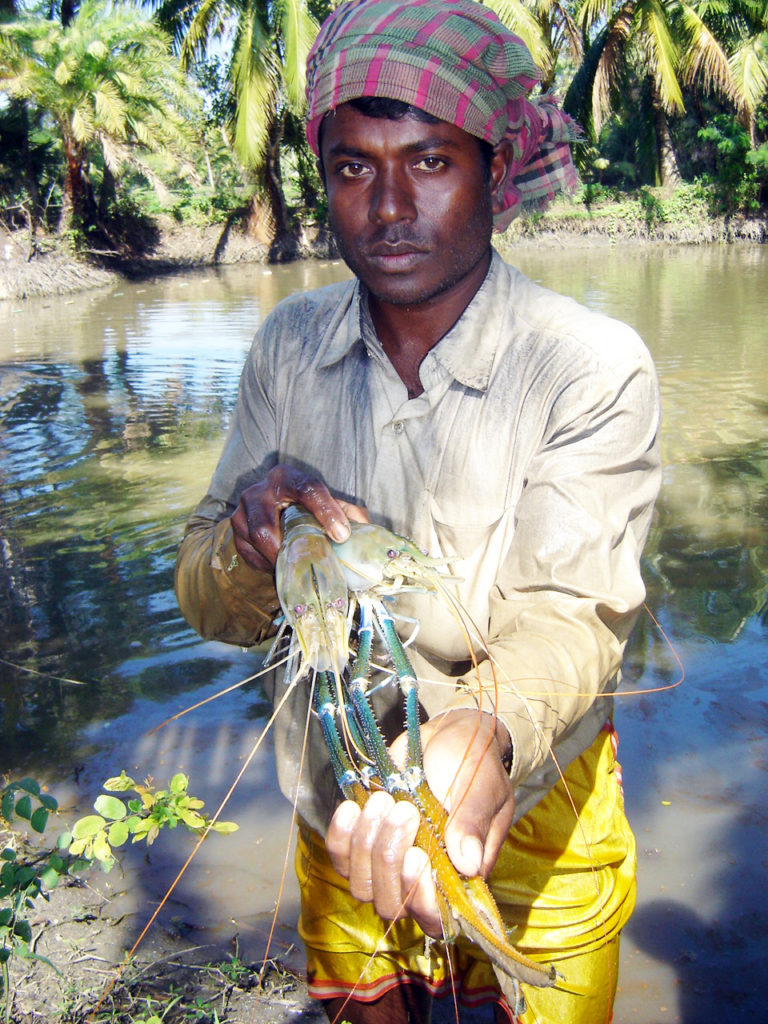
Responsibility
Prawn-fish-rice farming is considered highly efficient in terms of resource utilization through the complementary use of land and water. Integrated prawn farming plays an important role in the economy of Bangladesh, earning foreign exchange, increasing food production and providing employment opportunities.
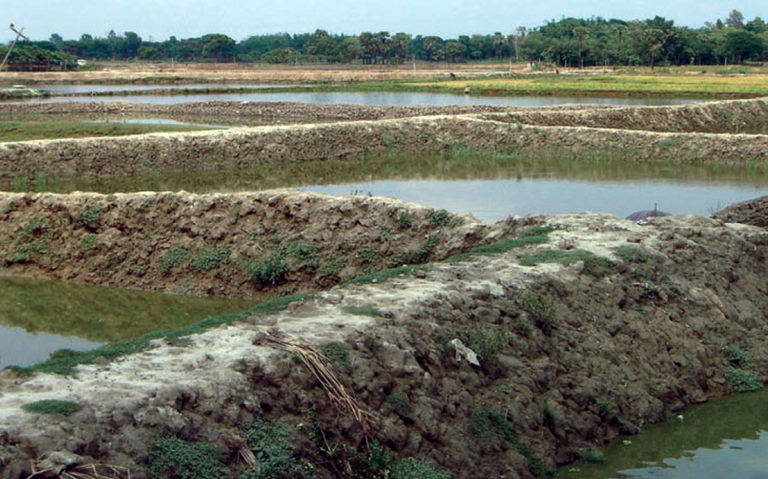
Responsibility
As reflected in a survey by the authors, rising productivity and higher yields have made pangus culture more profitable than carp farming.
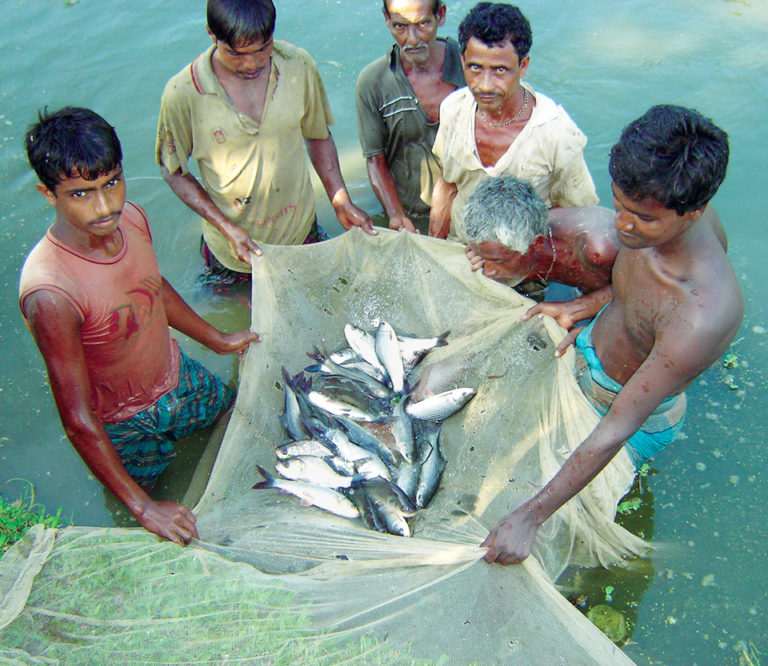
Responsibility
The addition of cheap, fast-growing silver carp to ponds with major carps would allow farmers to sell fish while retaining some for food purposes.